Home / Latest Posts / Where is post-harvest and processing technology heading?
Where is post-harvest and processing technology heading?

Andrew, welcome back to Wyma. What has driven you to come back to the business after six years away?
The main reason is that I have missed the industry we work in. Having a background in engineering and a farming upbringing, I really enjoy working in our market sector, with a friendly, open, customer base of high integrity, typical of the agricultural community in all countries. The departure of the former CEO, provided the opportunity to return mid-2014 and I have enjoyed every minute since.
You have recently travelled overseas to visit customers and trade shows. Have you noticed current trends that are bringing changes to the way growers and packers think about their packing operations and end produce?
I am still catching up a little, but what is most obvious is the drive for more and more automation across all functions of produce handling. Pack-house owners want remote operating control, online support, traceability and, more importantly, cost efficiencies. In addition there is a growing sense of environmental awareness and sustainability, which is driving technology in areas such as water management, fertiliser applications, irrigation, and physical resource management.
Which countries do you think are leading the way in terms of vegetable packing and processing technology? Why?
This is difficult to answer. Every country has different customer, regulatory and technology drivers unique to the country. But in general, countries with the highest labour costs tend to have the greatest level of technology because they have a bigger pressure to create cost efficiencies. This is the case in Europe and Australia in particular. But it is also interesting to note the interest in smaller lines for customers pushing local produce to local customers, where fresh, local, and sustainable is the driver rather than large, automated and low cost.
You are still dealing with customers you first met 15 years ago when you purchased Wyma. Could you provide a couple of success stories that have stood out?
I won’t point out individual examples, but it is just great to catch up with customers I have not seen for a number of years, and find that largely the relationship has not changed, bar us all having a few more grey hairs. Me in particular…!! The challenge for me is to try to make contact with the customers that I used to know. It will take some time yet.
If you were a grower, packer or exporter looking at upgrading your plant or investing in a completely new washing and packing line, what are some of the key questions you would ask to your potential equipment supplier?
– Have them show you, and take the time to understand, how the little details in the line work. How is produce buffered as it runs through equipment of different capacities, how is the water managed to minimise use, how is produce handled to prevent damage, where is the redundancy if a component breaks down, how is the automation used to its potential, how is labour minimised through technology. How will you, as the supplier, be my partner in the design and the ongoing operation of the plant?
– Have them show you proof of operating and maintenance costs and total cost of ownership of a product. In this industry, equipment runs in harsh conditions. Water, sand, moving parts, long hours per year. The capital cost is a huge investment, but not nearly as much as the operating cost.
Can you give us some insights as to what the customers can expect new from Wyma in the next couple of years?
Wyma’s focus over the next few years is growing its capability in total and innovative line solutions and project integration globally, for small or large operations. We have invested heavily in resources in automation and R&D engineering in recent times, and we have and are partnering with a number of strategic partners to be able to offer complete solutions across all packing shed technology.
I am proud of the way our staff continues to offer common sense and practical solutions, and develop robust equipment in collaboration with our customers globally. We are by no means perfect, we are not the cheapest, but we are 150% committed to our customers and our belief of where customers gain the greatest value.
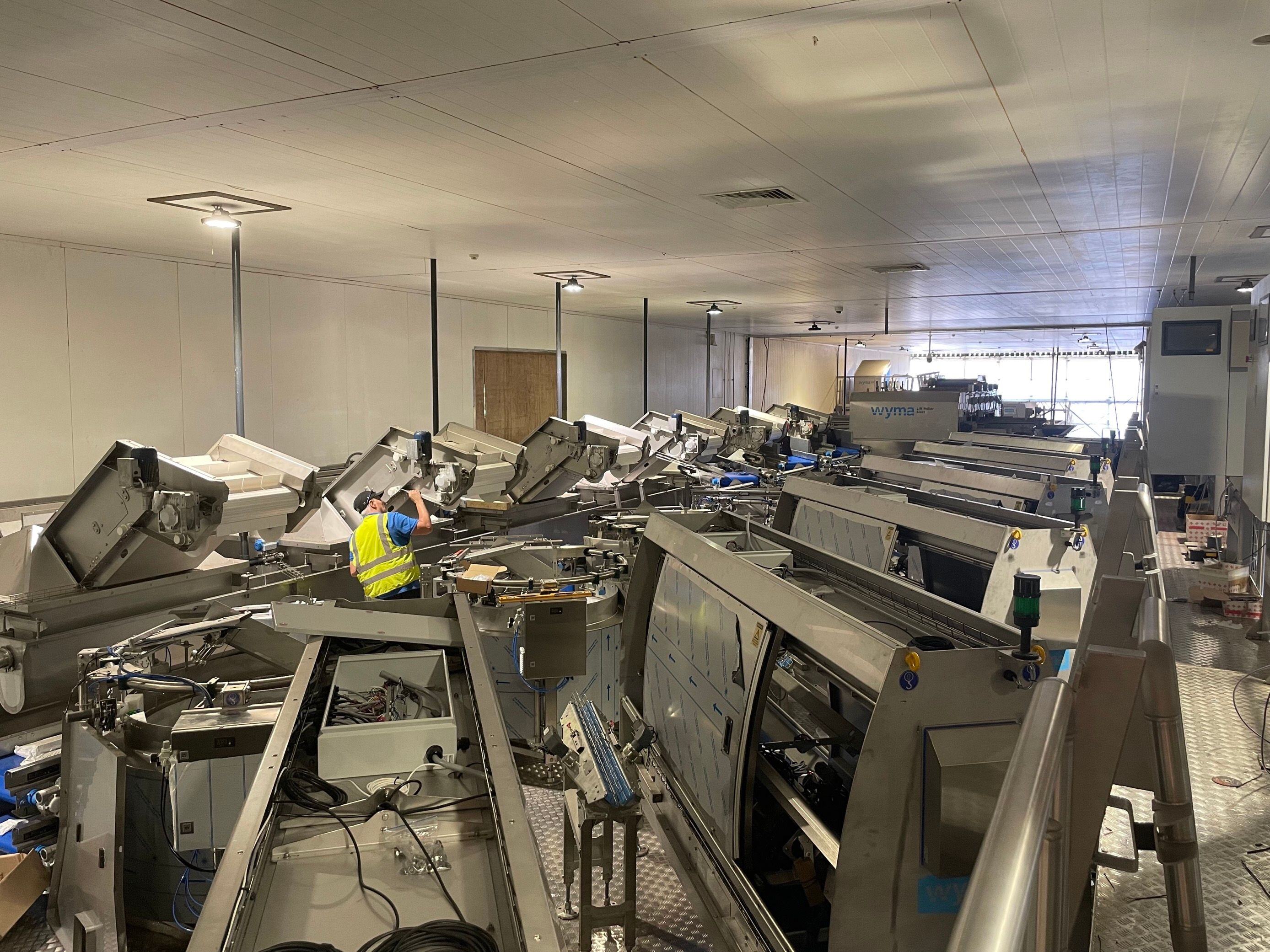
Innovative vegetable trimmer installation nearing completion
Frederick Hiam Foods has invested in six Roto-Cut Trimming systems and six Produce Singulators which make up the core of their new high efficiency automated parsnip processing line.
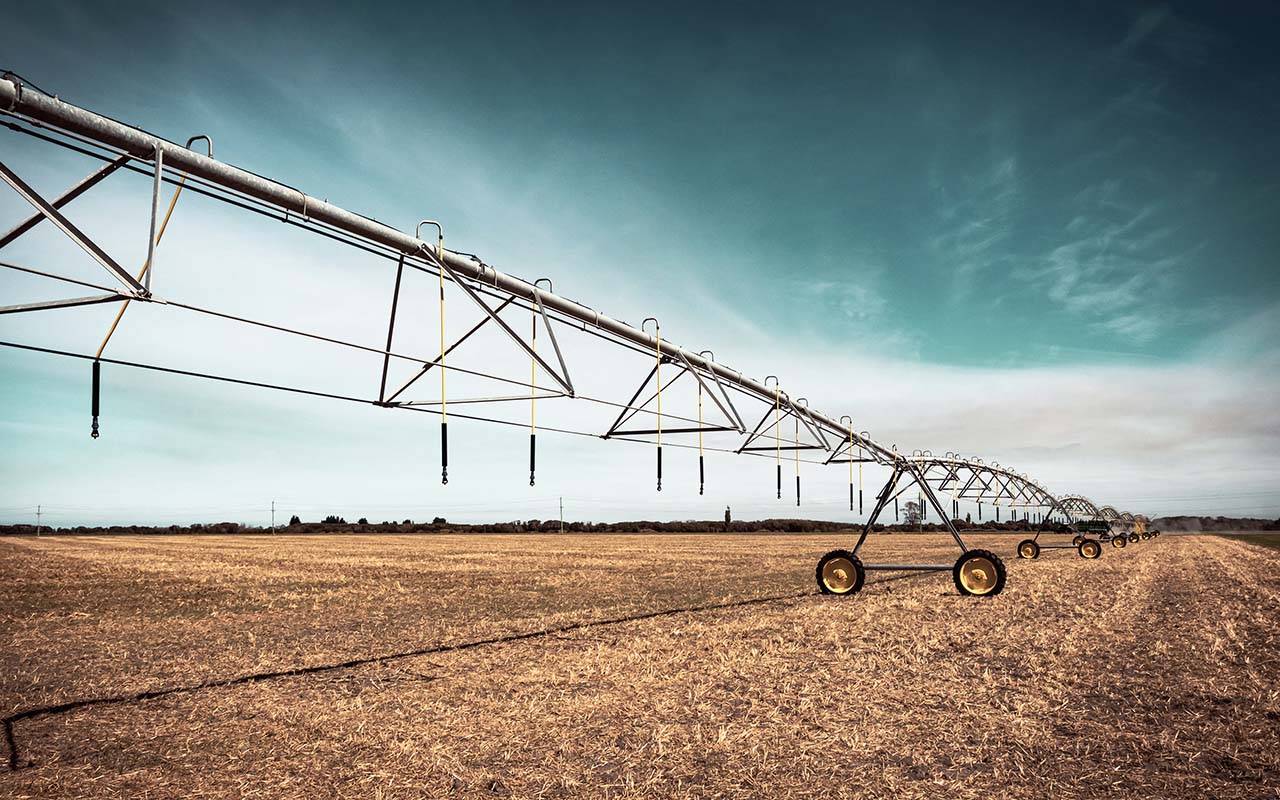
Sustainability in the pack-house
The world’s food production industry sits at a difficult crossroads. By 2050, the global population will likely increase by 35%, and food production will need to double in that timeframe. However, as our climate changes and resources become scarcer,
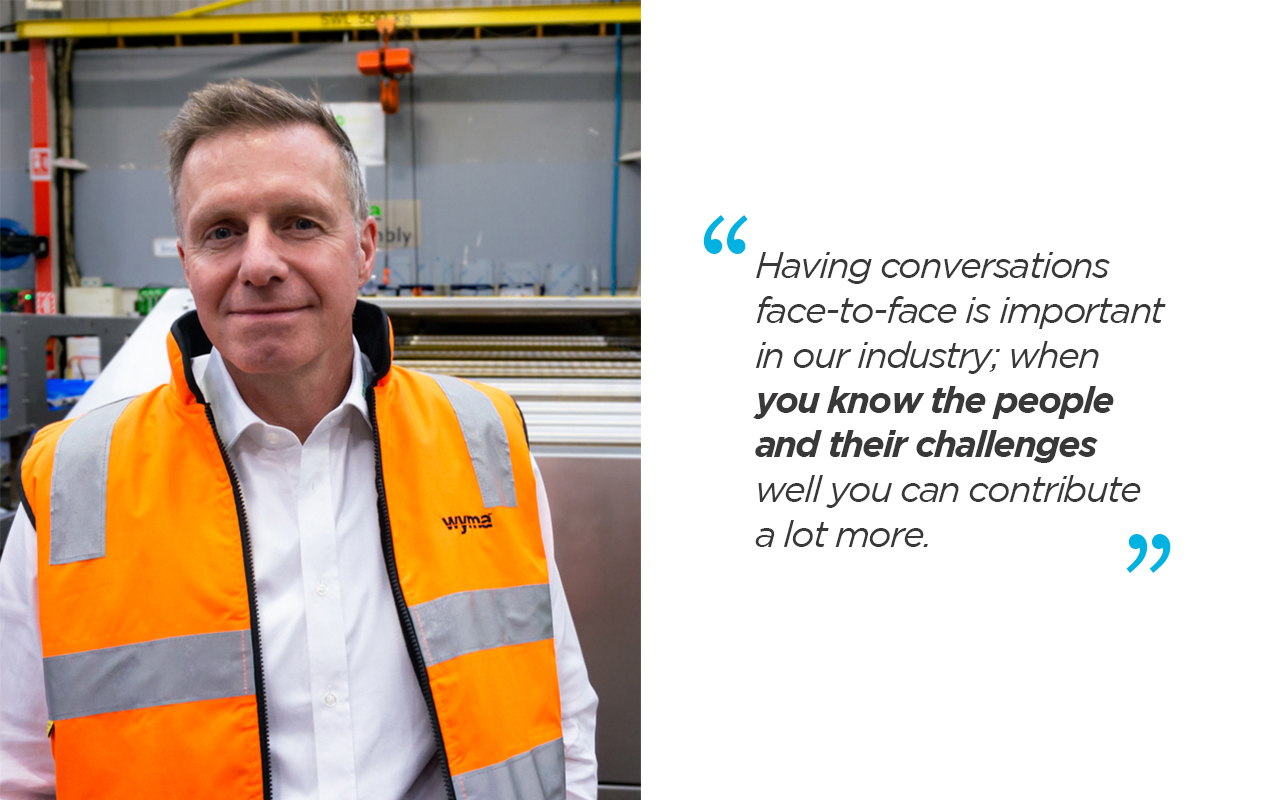
People of Wyma: Matthias Kerkmann
As Wyma has grown and evolved, the projects we work on have become increasingly more complex. Developing processing line solutions capable of dozens of tonnes per hour requires a high level of innovation, collaboration and commitment.
-
 Fortifi launches Global Food Processing Solutions groupApril 2, 2024
Fortifi launches Global Food Processing Solutions groupApril 2, 2024 -

-
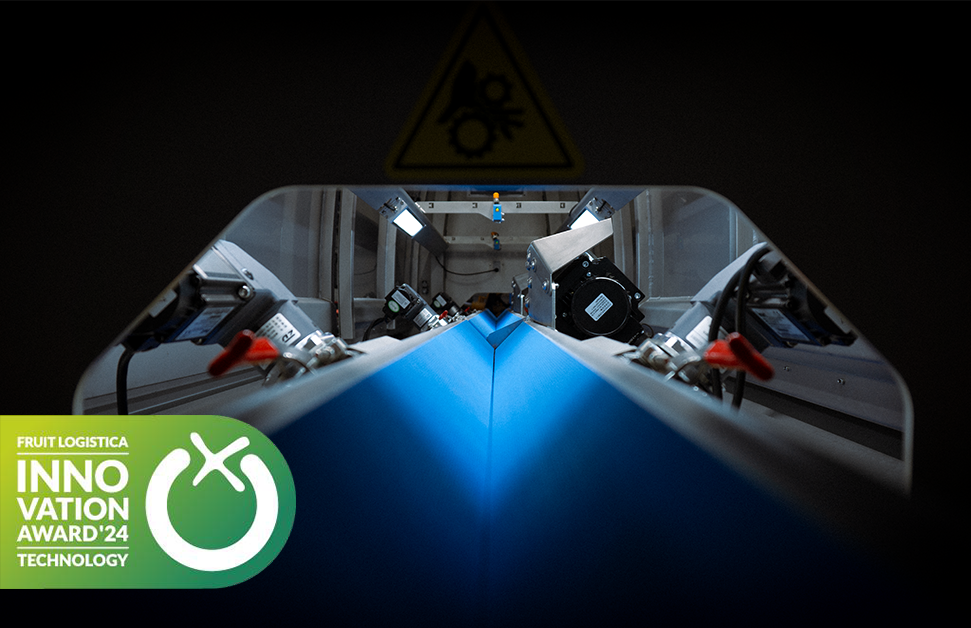 Revolutionizing Agriculture: Optical Roto-Cut Nominated for FLIADecember 13, 2023
Revolutionizing Agriculture: Optical Roto-Cut Nominated for FLIADecember 13, 2023
